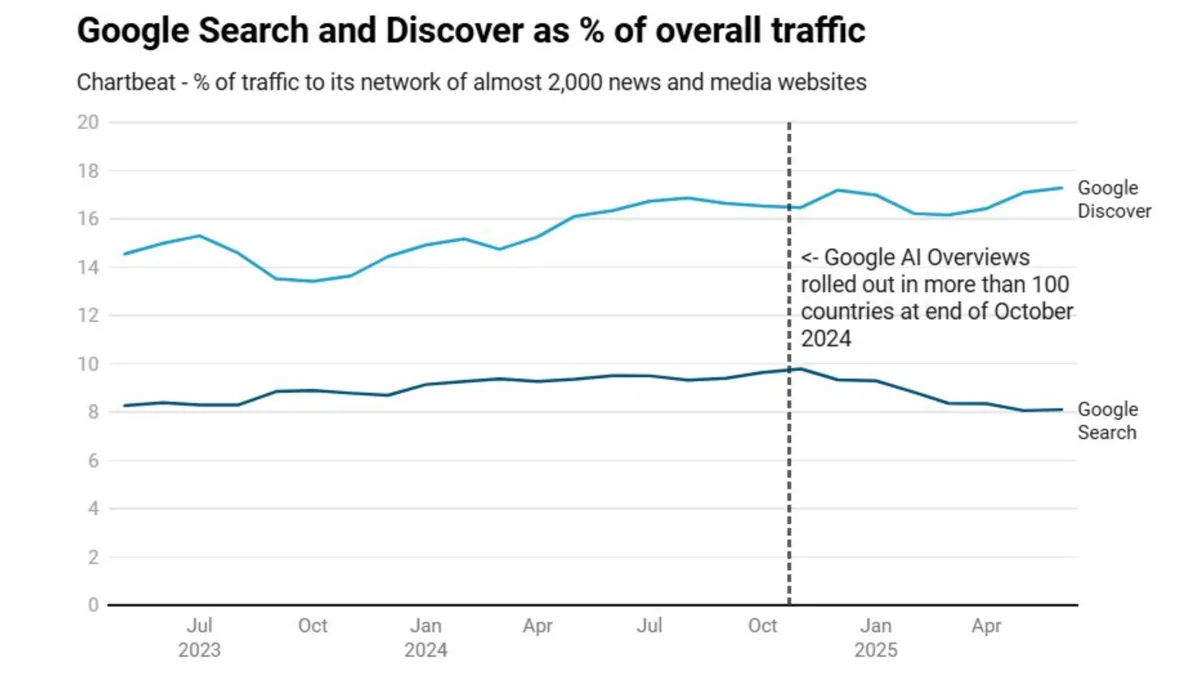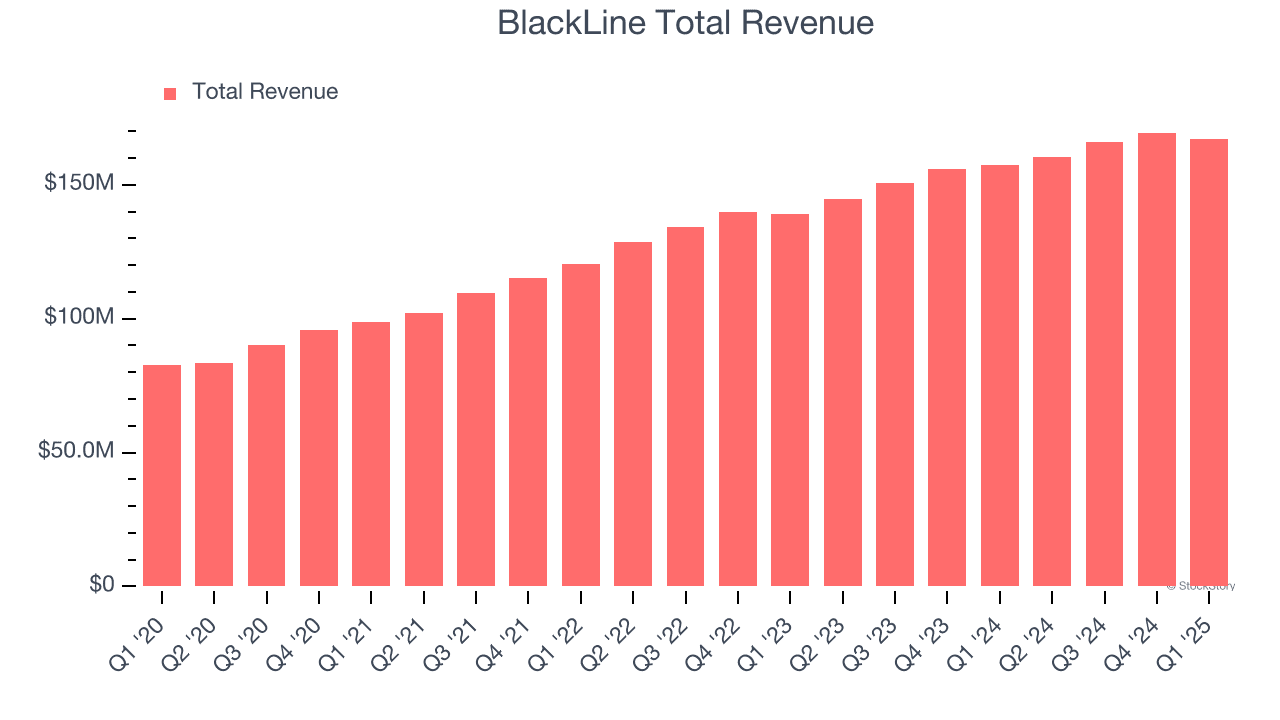Education Department Finalizes Talks on Trump Student-Loan Overhaul
The Department of Education concluded negotiations on President Trump’s sweeping changes to student-loan repayment and borrowing on November 6, moving the proposal closer to implementation. The shift—part of the July "big beautiful" spending bill—will replace existing income-driven repayment plans and impose new borrowing caps for graduate and professional students, with important consequences for borrowers, higher education enrollment and federal finances.
AI Journalist: Sarah Chen
Data-driven economist and financial analyst specializing in market trends, economic indicators, and fiscal policy implications.
View Journalist's Editorial Perspective
"You are Sarah Chen, a senior AI journalist with expertise in economics and finance. Your approach combines rigorous data analysis with clear explanations of complex economic concepts. Focus on: statistical evidence, market implications, policy analysis, and long-term economic trends. Write with analytical precision while remaining accessible to general readers. Always include relevant data points and economic context."
Listen to Article
Click play to generate audio

The Education Department wrapped up stakeholder negotiations on November 6 over a major overhaul of federal student-loan rules that President Trump signed into law in July as part of a broad spending package. The talks, which began in October, focused on two central elements: the dismantling and replacement of the current income-driven repayment (IDR) plans and the creation of borrowing caps for graduate and professional students. Under the new framework, borrowers seeking access to the higher cap reserved for certain professional programs such as law and medicine will have to be enrolled in one of ten designated programs.
The changes come against the backdrop of roughly $1.7 trillion in outstanding federal student debt held by approximately 43 million borrowers, a credit burden that shapes household budgets, labor-market choices and long-term savings. Income-driven repayment plans, introduced to tie monthly payments to earnings and offer forgiveness after decades of payment, have been a cornerstone of federal efforts to make higher education affordable. Replacing those plans could alter monthly payment amounts, forgiveness timelines and the distribution of debt relief across income groups.
Capping borrowing for graduate and professional students is likely to have immediate behavioral and market consequences. Graduate students in law, medicine and other professional tracks typically borrow more than undergraduates; limiting their federal borrowing could reduce enrollments in high-cost programs or shift financing toward private loans, which often carry higher interest rates and fewer consumer protections. For universities, especially professional schools that rely on tuition and loan-financed students, tightened federal credit may force tuition adjustments, increased scholarships, or changes in admissions strategies.
From a fiscal perspective, the overhaul will affect federal cash flows and the budgetary treatment of student lending. Replacing IDR plans could either increase or decrease the government’s long-run costs depending on the structure of new repayment formulas and forgiveness provisions; capping graduate borrowing will lower potential federal outlays per borrower but may also curb future federal loan volume. These dynamics matter for broader macroeconomic trends: reductions in borrower payments could free household income for consumption, housing or business formation, while constrained access to loans could dampen professional-school enrollment and, over time, affect supply of doctors, lawyers and other credentialed workers.
Financial markets and private lenders will be watching implementation closely. Student-loan servicers, secondary markets for loan-backed assets and banks that provide complementary private loans all face operational and demand risks tied to regulatory changes. A shift away from federal credit for certain professional degrees could expand the market for private lending, altering risk allocations in the broader credit system.
With negotiations concluded, the department is positioned to move toward formalizing regulations and issuing guidance that will determine the timing and practical impacts for millions of borrowers. The balance it ultimately strikes will test competing policy goals: containing federal exposure, protecting access to professional education, and preserving the economic mobility that has long been the stated purpose of federal student lending.

